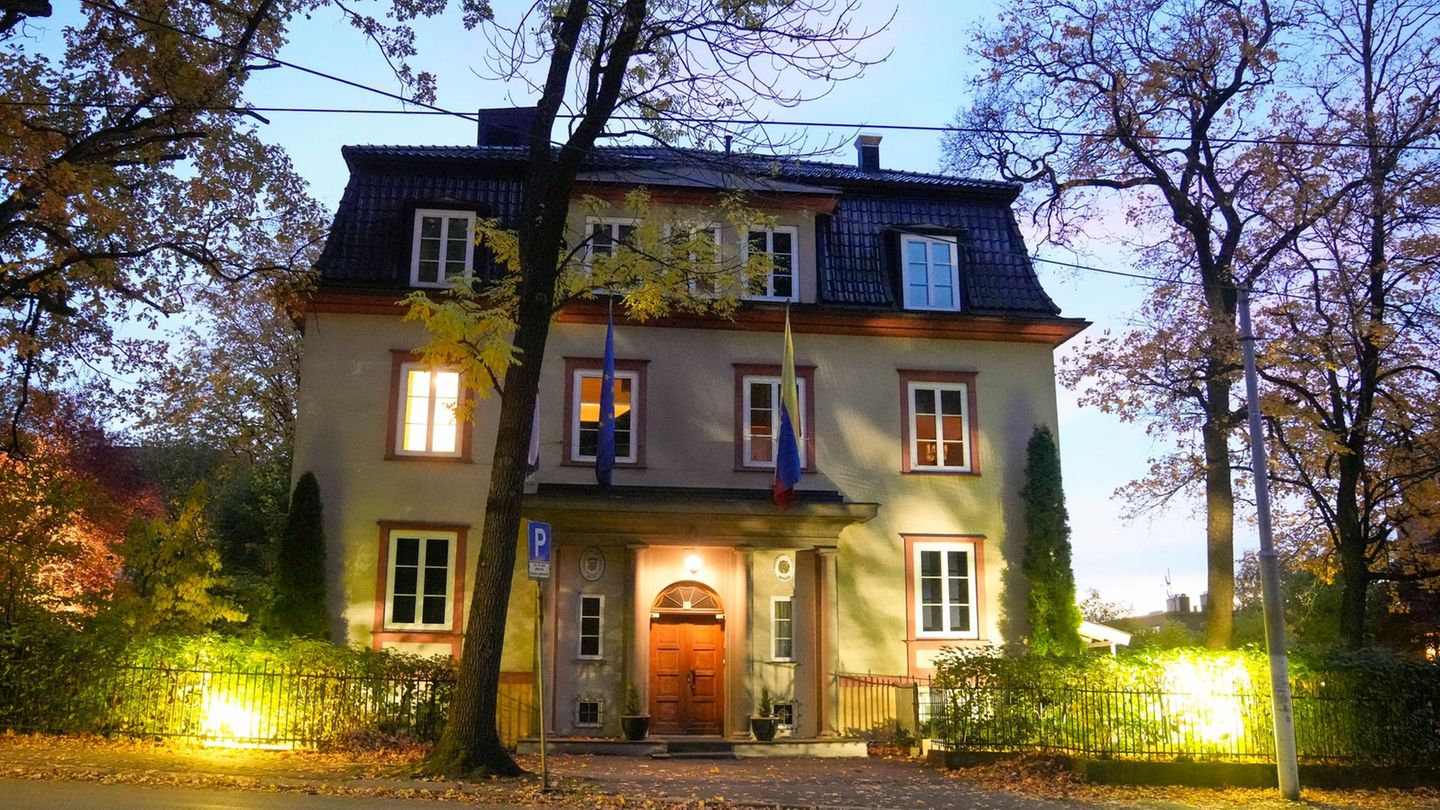The bottom line for the municipalities is a surplus, higher tax revenue, lots of investment: what sounds like good developments is not enough, according to experts. The regional differences remain too great.
According to a recent study, the wide gap between indebted and financially strong municipalities has become more pronounced. Despite some overall positive developments in the budgets of cities and municipalities, the financial foundation in most municipalities is still too weak to master the ecological, economic and social challenges of the present, according to the Bertelsmann Foundation’s municipal finance report. “While the southern German municipalities are stable due to their high economic and fiscal power, the assessment for others such as Saarland, North Rhine-Westphalia or Saxony-Anhalt is more gloomy.”
Every two years, on behalf of the Bertelsmann Foundation, financial experts examine the development of municipal budgets on the basis of current financial statistics. The experts warn that there is a lack of financial leeway in many cities and communities for tasks such as the climate, heat or transport turnaround or social balance.
René Geißler, co-author and professor of public economics and administration at the Technical University of Applied Sciences Wildau, explained that rising expenditure due to inflation and new expenditure for the sustainability transition as well as falling income due to the weakening economy clouded the picture both now and in the coming years. The deepened regional differences continue to be problematic: “It is very difficult for the economically weaker regions to catch up,” explained Geißler.
The bottom line is that cities and municipalities in Germany generated a surplus of 2.4 billion euros in 2022. On the one hand, this is less than in the previous year, but in view of the high burdens caused by the Russian war of aggression and inflation, it exceeded expectations. On the other hand, regional differences also come to light here: seven non-city states generated a surplus, and expenditure exceeded income in six states.
Municipal financial power stagnates
Tax revenue, the most important source of income for municipalities, was 121 billion euros in 2022, 60 percent higher than ten years ago. However, the increase compared to the previous year only corresponds to inflation at seven percent, so that the financial strength of the municipalities is actually stagnating, according to the study authors. The large regional differences between economically strong regions in Hesse, Bavaria or Baden-Württemberg on the one hand and the structurally weak East German states on the other are not surprising. Five of the ten strongest municipalities are in Bavaria, and nine of the ten weakest are in East Germany.
A similarly divergent picture emerges when it comes to investments: these have climbed to a record high of over 41 billion euros – an increase of 50 percent since 2017. But here, too, financially strong southern German municipalities distorted the picture. Statistically speaking, a treasurer in Bavaria could invest two and a half times as much money in municipal infrastructure as his colleague in Saarland. Investments in North Rhine-Westphalia and Saxony are also well below the national average.
In addition, the high inflation rates, especially in the construction industry, wiped out the actual reduction in the investment backlog: many municipalities complain about a backlog in necessary expenditure on important infrastructure such as roads, schools or administrative buildings. Nationwide, the investment backlog is estimated at 166 billion euros.
Source: Stern
I have been working in the news industry for over 6 years, first as a reporter and now as an editor. I have covered politics extensively, and my work has appeared in major newspapers and online news outlets around the world. In addition to my writing, I also contribute regularly to 24 Hours World.




